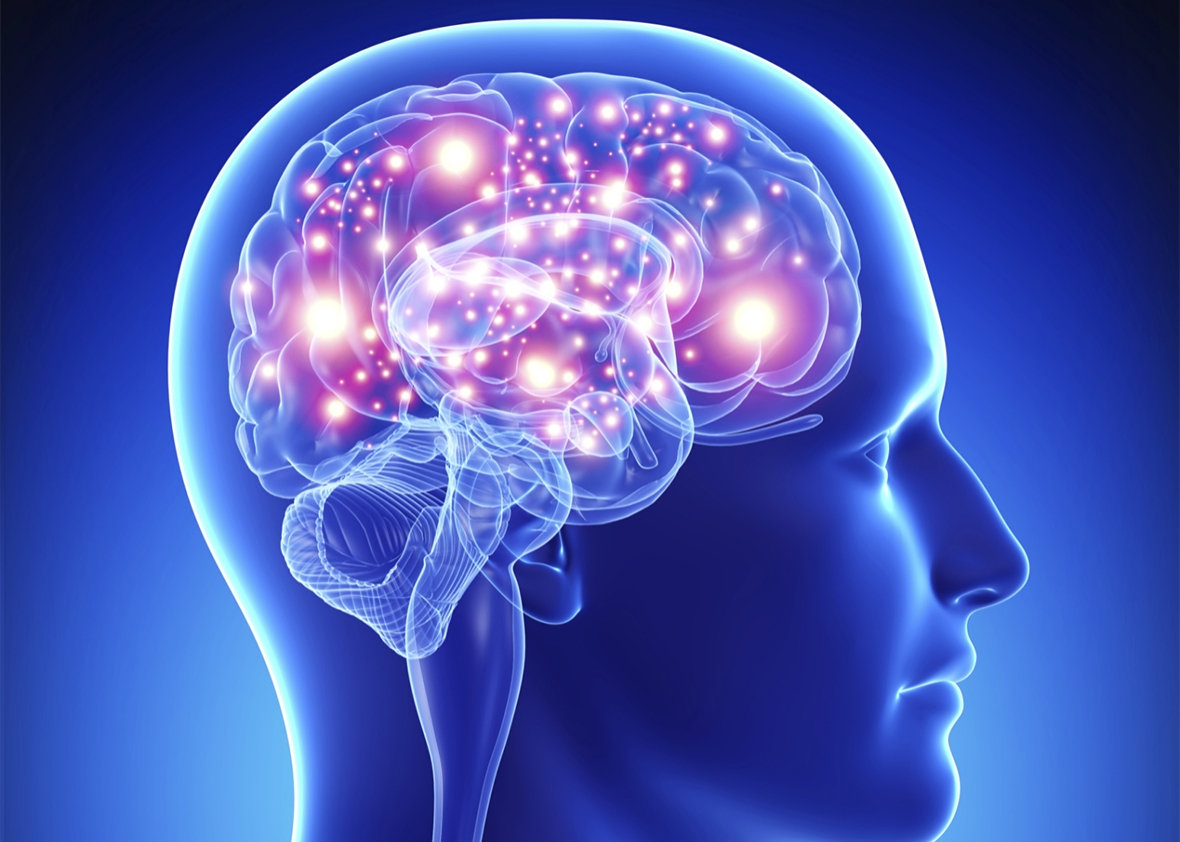As the COVID-19 pandemic approaches its one year anniversary, entire populations across the globe have been following lockdown and social distancing measures. Whether that means working from home or attending online school, many have spent long hours sitting in front of electronic devices. By extension, exercise and general movement has been drastically limited.
In fact, a study published on June 29, 2020 in Annals of Internal Medicine recorded data from 455,504 individuals in 187 different countries who were using an Android app, Argus, for tracking the number of steps they took in a day. It revealed that there was a 27.3 percent drop in step counts on average just 30 days after the shutdown announcement on March 11.
The detriment of such a statistic speaks for itself. It is widely known that exercise is necessary for ones well being, both in terms of physical and mental health. A long list of short and long term medical benefits have been associated with fitness. Short term effects include decreased anxiety levels, reduced blood pressure, sharpened focus and memory and a greater quality of sleep.
Exercise has been shown to boost moods and to be an antidepressant. During high intensity exercise, endorphins, the feel-good hormones, are released by the body. However, even low-intensity exercise over longer periods of time can have an impact: it causes neurotrophic or growth factor proteins to be produced, leading to the growth of nerve cells and more connections. Based on research, the hippocampus, or area of the brain responsible for regulating mood, has been found to be smaller in individuals with depression. By increasing the number of connections between nerve cells, exercise can cause the hippocampus to grow, its performance to improve. Therefore, depression or negative feelings can be controlled more effectively. That is how, surprisingly, exercise can be one of the antidotes for depression.
Long term effects include improvement of cardiovascular health, brain health, muscle and bone health, and even reduced risks of developing cardiovascular disease, Type 2 Diabetes, stroke, several types of cancer (including stomach, kidney, bladder, and lung), dementia, and Altzheimers, to name a few.
Physical activity can even combat the effects of the inevitable passage of time on the human body. The authors of a 2006 clinical study declared, Doing cardio regularly could spare the brain from the ill-effects of aging (Petersen). Finally, fitness is associated with increased life expectancies, as shown in a study that reported that there was a 33% lower risk of early deaths for those who were active at least 150 minutes per week.
Researchers have found that cognitive function can be increased through frequent exercise over the course of the week too. Published in the Neurology journal in 2019, a study compared two different groups: one which did intense aerobic exercise four times a week and one which performed lower intensity exercise like stretching. After six months, individuals aged 20-67 in the first group not only had lower BMIs and increased aerobic endurance but higher cortical thickness, the thickness of the cerebral cortex, as well. This increase in the brains volume, in turn, had a positive effect on cognitive function, the ability to perform significant mental processes such as learning, memory, making decisions, and more.
What can you do to stay physically active? The minimum daily recommended amount of moderate to intense exercise for youth aged six through seventeen is 60 minutes. With school, homework assignments, and extracurriculars, many have trouble fitting in exercise into their busy schedules. Others struggle with finding the motivation to dedicate time to this activity due to the difficulty associated with certain kinds of exercise, such as running or performing push ups, while others may suffer from exhaustion.
However, a large variety of exercise choices exist, varying from a simple walk, bike ride, yoga, or jog to HIIT (High Intensity Interval Training), core workouts, weight training, or runs.
During the winter months, the chilly, freezing weather may put a roadblock on ones path to fitness. Despite this, with a plethora of online resources, physical activity can be accessible anywhere, anytime. If one is looking for an online workout, but does not know where to start, there are several suggested YouTubers with effective, and entertaining workout plans below. Links for their YouTube channel pages, Instagram accounts, and/or websites have been provided as well.
-Mad Fit is a YouTuber whose videos include song/dance workouts, yoga workouts, low impact workouts, and apartment-friendly workouts (including abs, cardio, upper, and lower body). Find her YouTube channel here, and the link to her Instagram account here.
-Pamela Reif is a German influencer with 5.42 million subscribers whose workouts do not usually involve her talking to the audience, unlike the two previously mentioned personalities. Although her workouts cater to a more advanced athleteshe leaves no time to rest between setsher choice of music motivates and energizes. Find her YouTube channel here, her website (which promotes her recipes and cookbook) here and her Instagram account here.
During these unprecedented times, exercise is essential for maintaining balance and health. While the method chosen isnt significant, its vital that the daily exercise requirement is fulfilled or exceeded. The results will be worth it not only medically, but also in terms of endurance and strength. So make sure to spare a few minutes every day and add exercise to your to-do list.
Sources
Maier, Scott. Physical Activity Dropped Worldwide During COVID-19, Raising Concerns for Health. University of California San Francisco, 1 July 2020, https://www.ucsf.edu/news/2020/07/417951/physical-activity-dropped-worldwide-during-covid-19-raising-concerns-health. Accessed 15 March 2021.
Center for Disease Control and Prevention. Benefits of Physical Activity. Centers for Disease Control and Prevention, 22 January 2021, https://www.cdc.gov/physicalactivity/basics/pa-health/index.htm. Accessed 15 March 2021.
Center for Disease Control and Prevention. Health Benefits of Physical Activity for Adults. Center for Disease Control and Prevention, August 2020, https://www.cdc.gov/physicalactivity/basics/adults/pdfs/Health_Benefits_PA_Adults_NOV2020_H.pdf. Accessed 15 March 2021.
Petersen, Kate S. CULTIVATING THIS ONE PHYSICAL HABIT COULD CHANGE YOUR BRAIN FOR THE BETTER. Inverse, 9 December 2020, https://www.inverse.com/mind-body/exercise-changes-the-brain. Accessed 15 March 2021.
Exercise is an all-natural treatment to fight depression. Harvard Health Publishing, July 2013, https://www.health.harvard.edu/mind-and-mood/exercise-is-an-all-natural-treatment-to-fight-depression. Accessed 15 March 2021.
 Monica Manescu, Senior at AAHS
Monica Manescu, Senior at AAHS 
 Craziest Places on Earth That Look Fictional, But Arent!
Craziest Places on Earth That Look Fictional, But Arent!